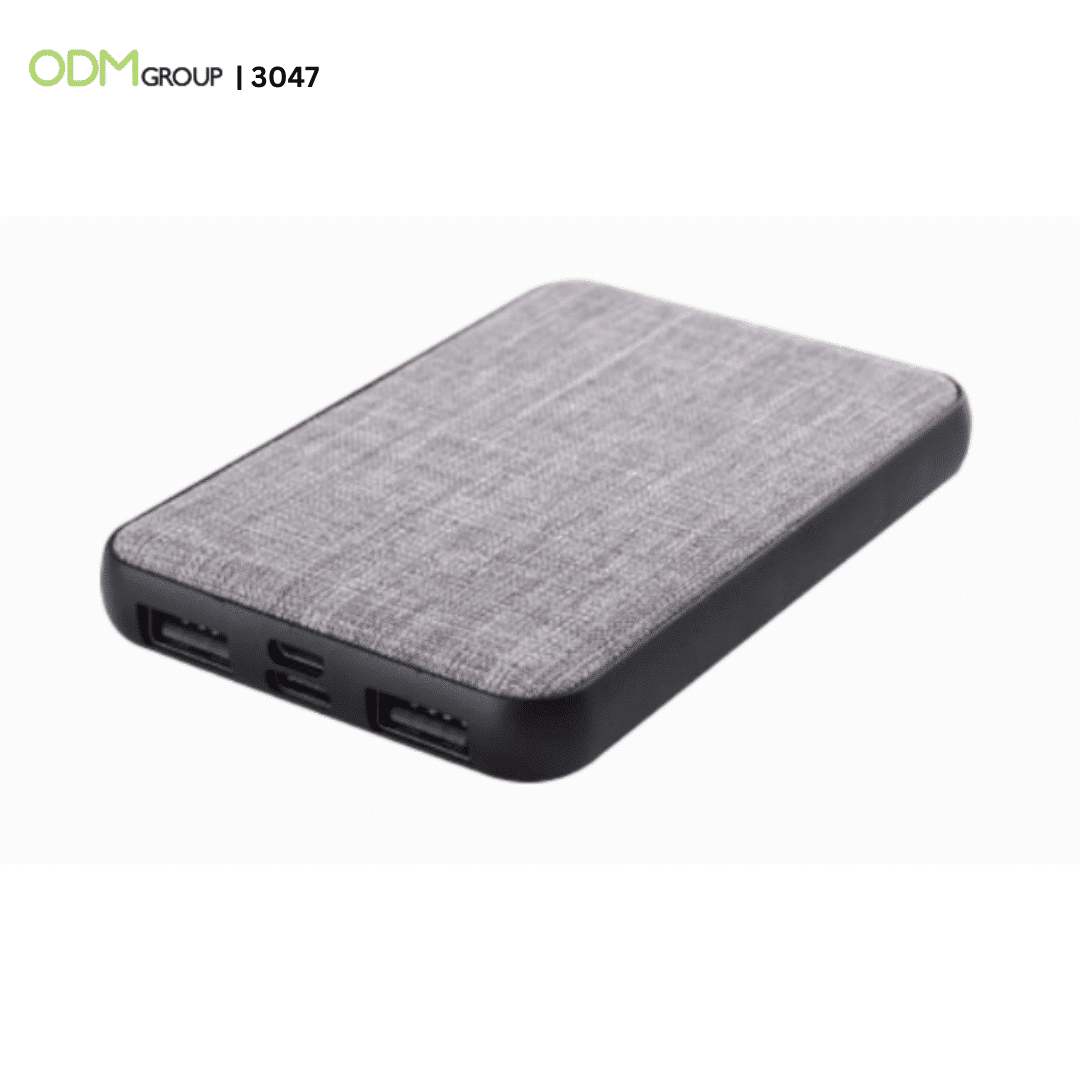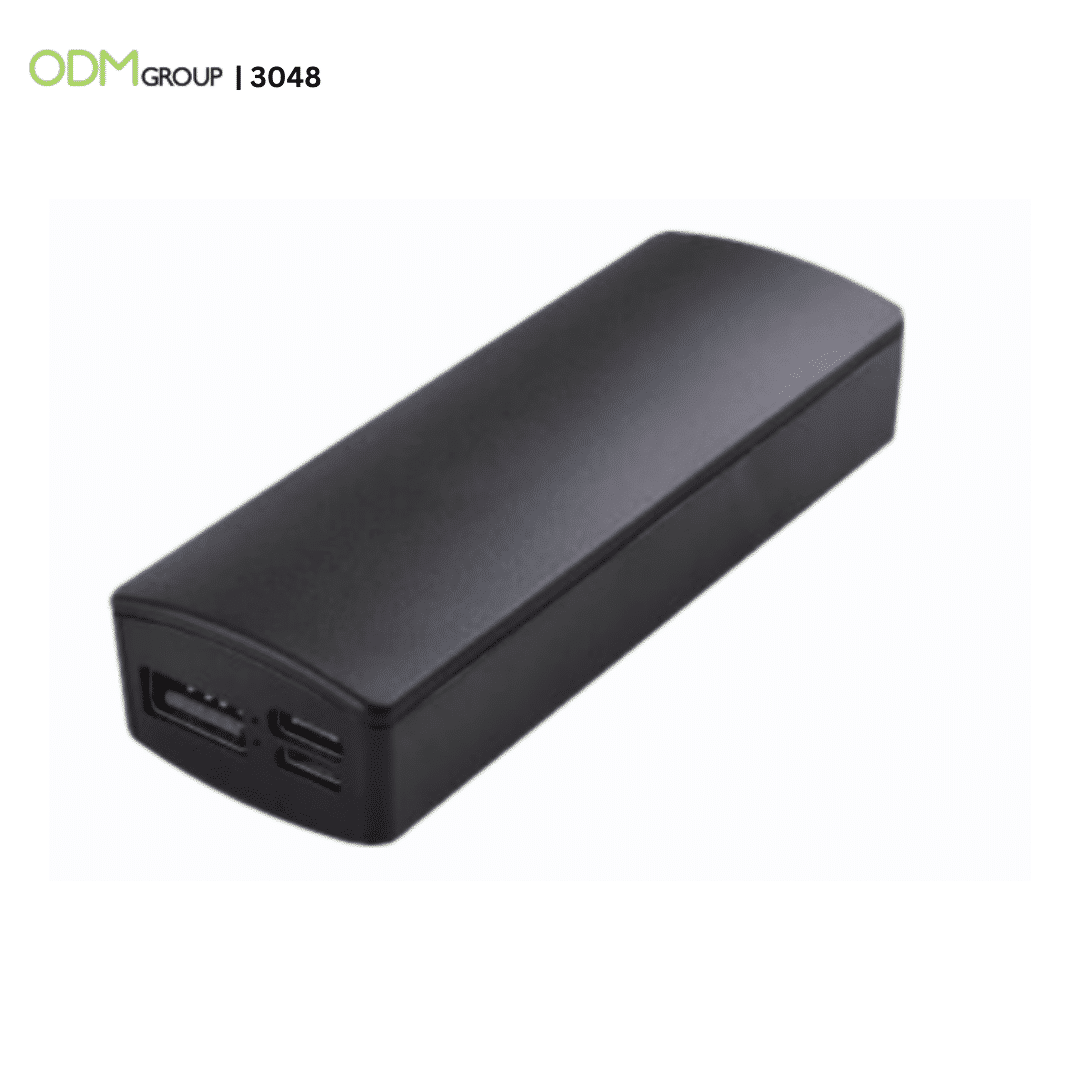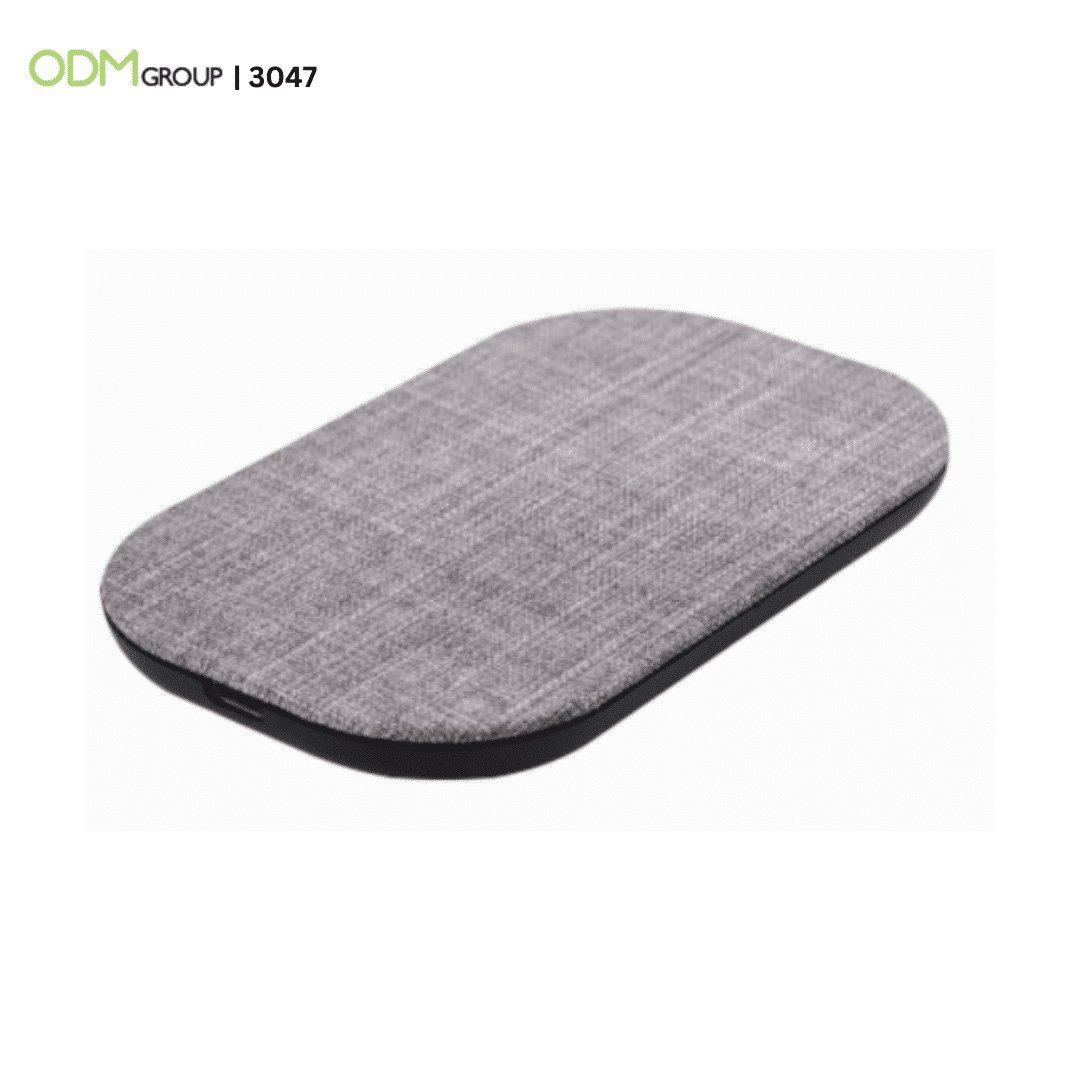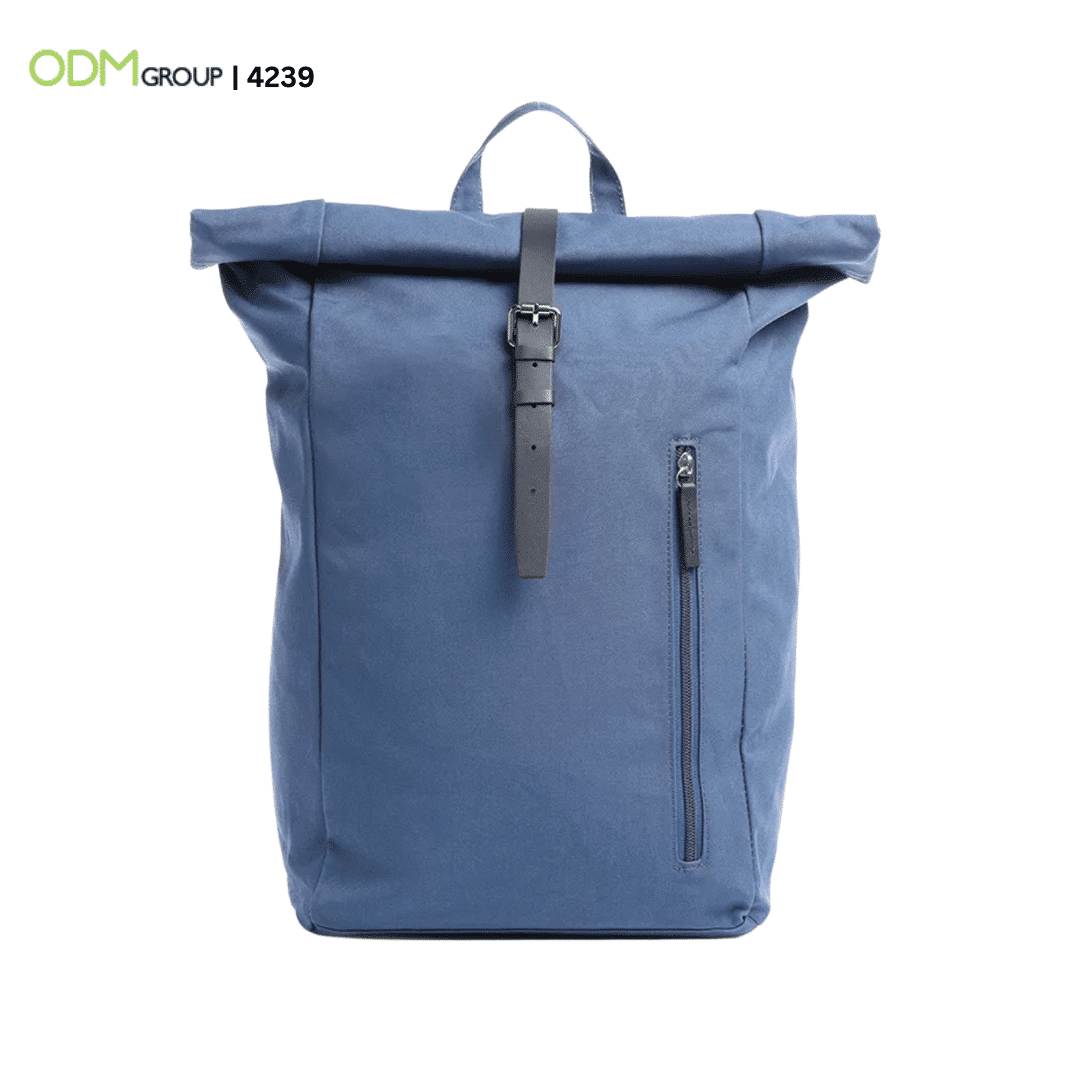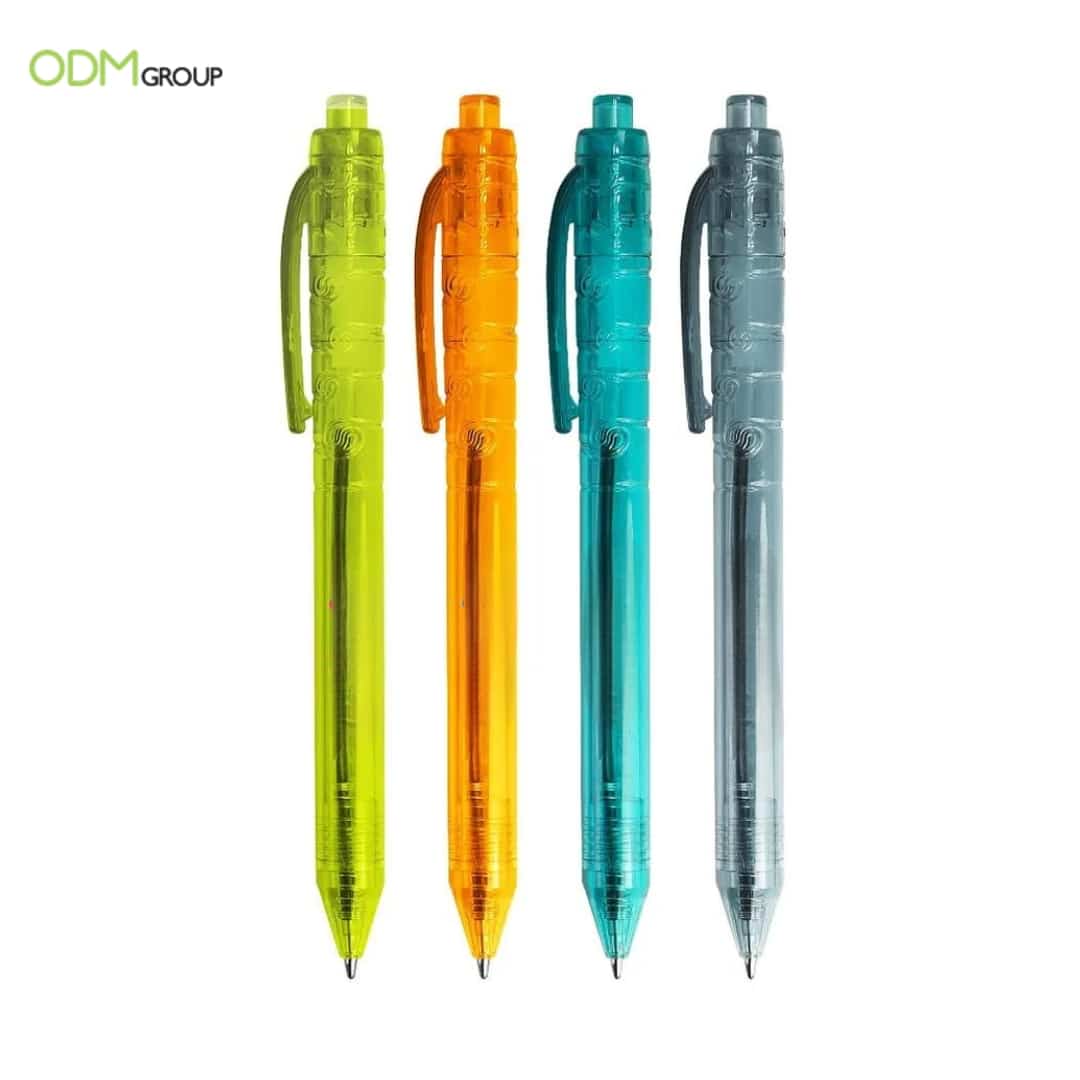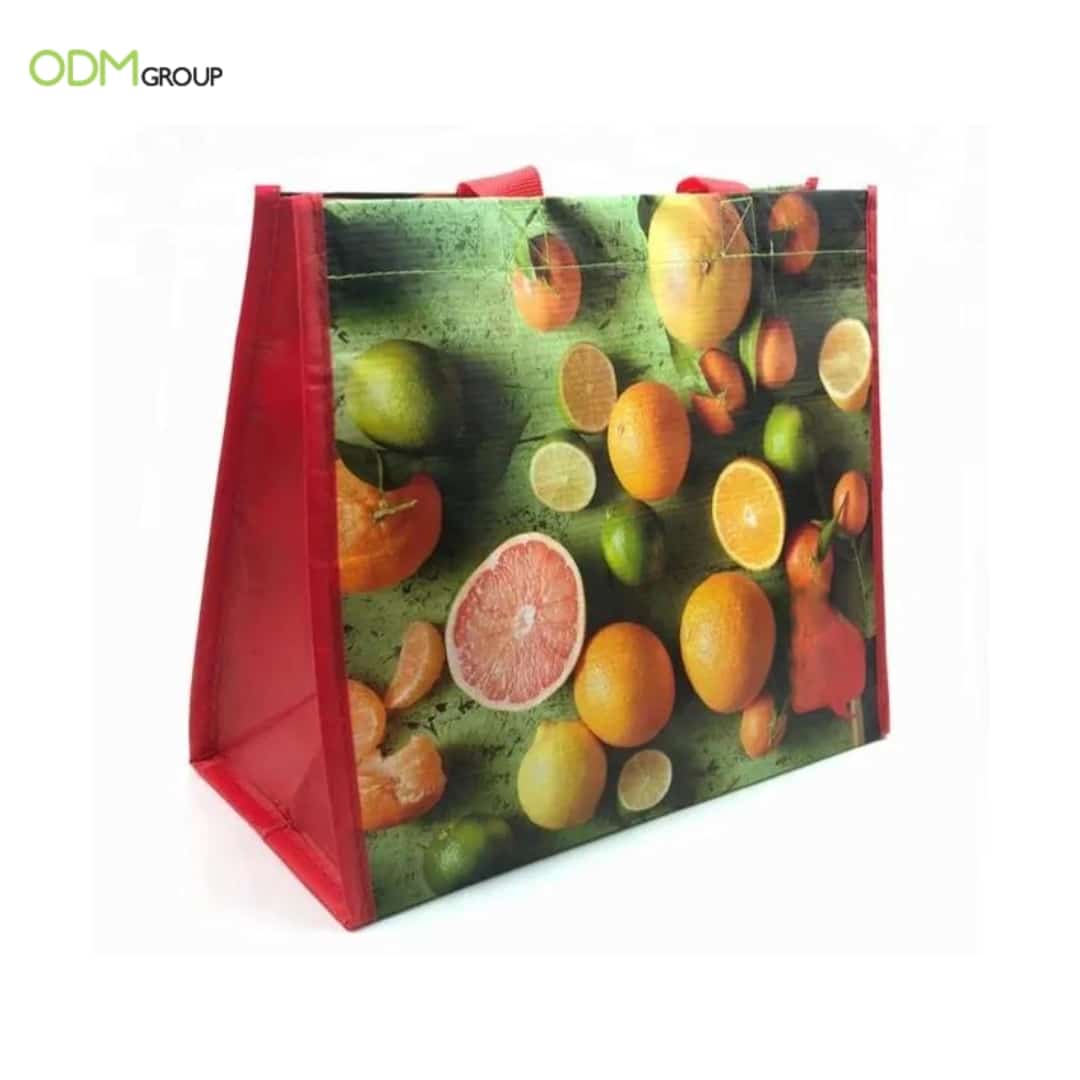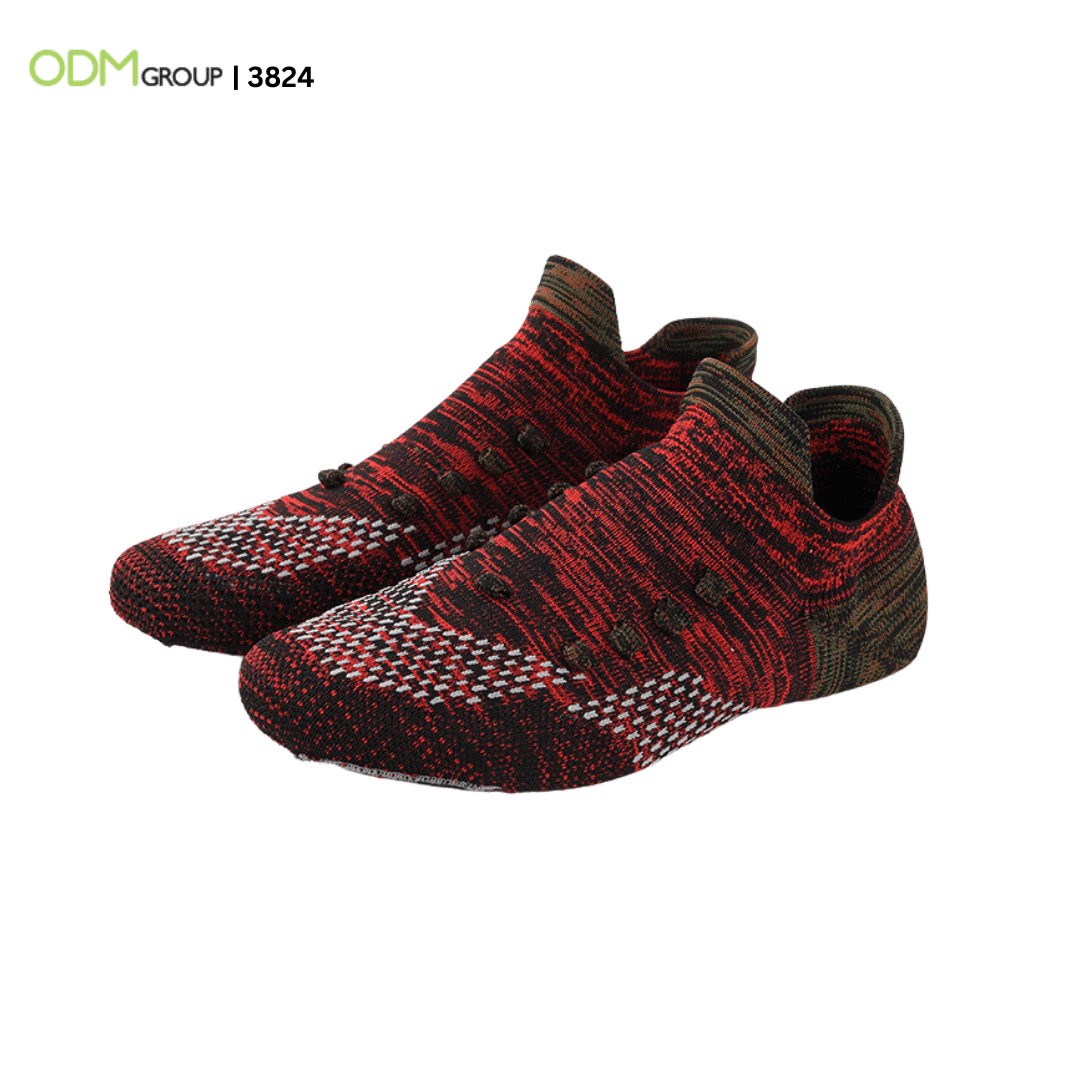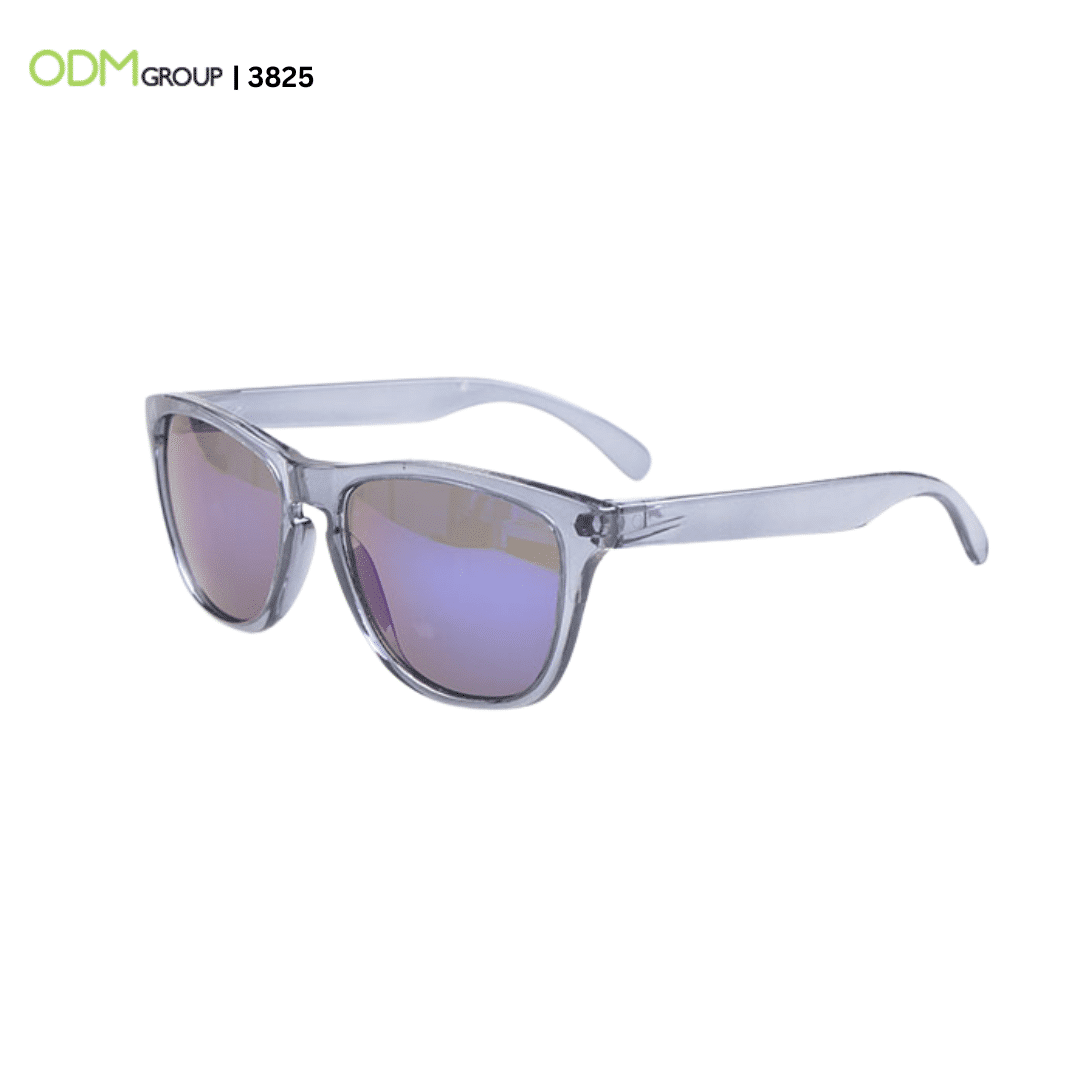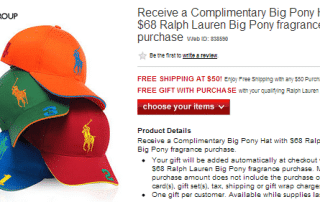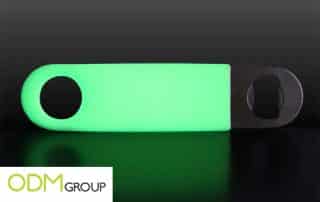While recycling has been a popular solution for reducing plastic waste, upcycling is another great way to repurpose materials and give them new life. One item that is often overlooked when it comes to upcycling is bottle caps. However, these small and often colorful pieces of plastic can be transformed into a wide range of useful and decorative items.
In this blog, we will explore the art of upcycling bottle caps and show you how to turn these little pieces of plastic into something beautiful and useful.
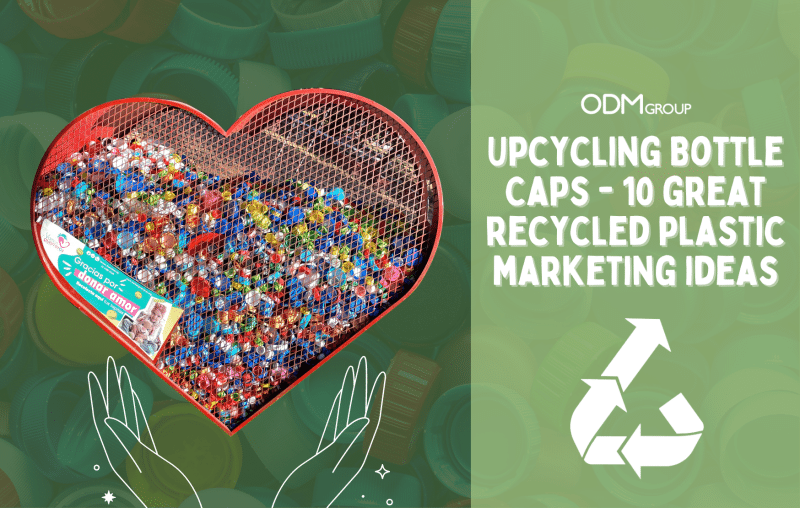
Vamos Guerreros A.C. is a non-profit organization based in Mexico that focuses on helping children and young people suffering from cancer or other complex diseases. Our team recently spotted this initiative from the organization that aims to collect as many bottle caps as possible to raise funds for people in need.
Upcycling refers to the practice of transforming waste materials or unwanted products into new materials or products of better quality, thus reducing waste and environmental harm.
The idea behind the initiative is that many people tend to throw away bottle caps without realizing that they can be reused and recycled. By collecting these caps, Vamos Guerreros A.C. can sell them to recycling companies and use the funds to support social causes.
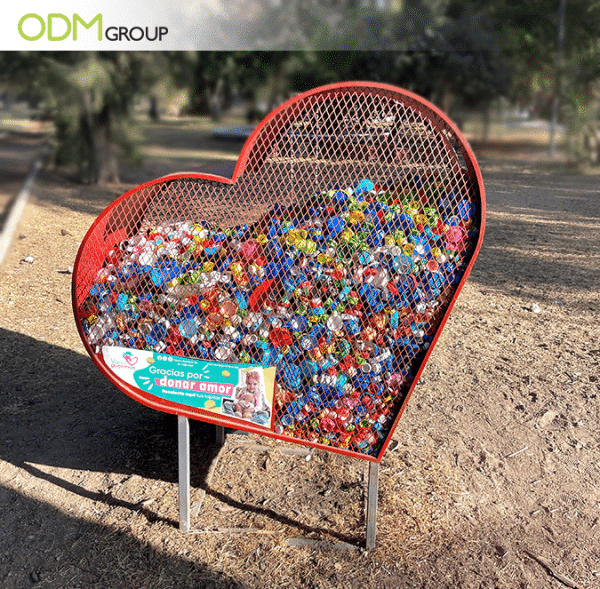
This initiative has gained a lot of traction and support from the local community, as it provides a simple and easy way for people to contribute to a good cause. It is also an environmentally friendly initiative that promotes recycling and sustainability.
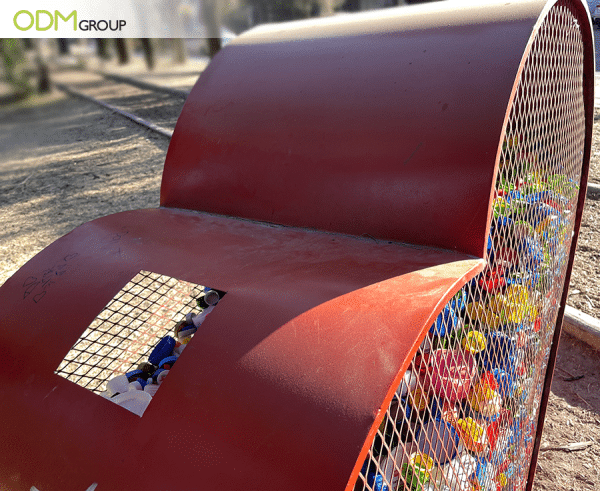
This is clearly not a promotional campaign, but this inspired our team to talk about upcycling and the benefits that come with this sustainable process.
Why Upcycle Bottle Caps?
Upcycling bottle caps is a creative and eco-friendly way to repurpose materials that would otherwise end up in landfills or oceans. By upcycling, we give new life to something that was once considered waste and turn it into a useful or decorative item.
Bottle caps are particularly suitable for upcycling because they come in a variety of colors and shapes, and they are made of durable materials such as plastic, metal, or cork.
Here are the top reasons why you should consider upcycling bottle caps:
| Environmental Benefits |
|---|
| Upcycling bottle caps reduces the amount of waste that would otherwise end up in landfills or oceans. Plastic bottle caps can take hundreds of years to decompose, and when they do, they release harmful chemicals into the environment.
Upcycling these caps gives them a new purpose and extends their lifespan, reducing the amount of waste that needs to be disposed of. |
| Social Benefits |
|---|
| Upcycling bottle caps can promote creativity and community engagement by raising awareness about recycling and environmental issues. It can inspire people to think outside the box and come up with unique ways to reuse bottle caps.
This can lead to a sense of community involvement as individuals come together to create something new and meaningful out of discarded materials. |
| Economic Benefits |
|---|
| Upcycling bottle caps can create new business opportunities and revenue streams. Upcycling can involve a range of activities, from collecting and sorting caps to creating new products or materials from them.
These activities can create jobs and generate income for entrepreneurs and workers involved in the upcycling process. |
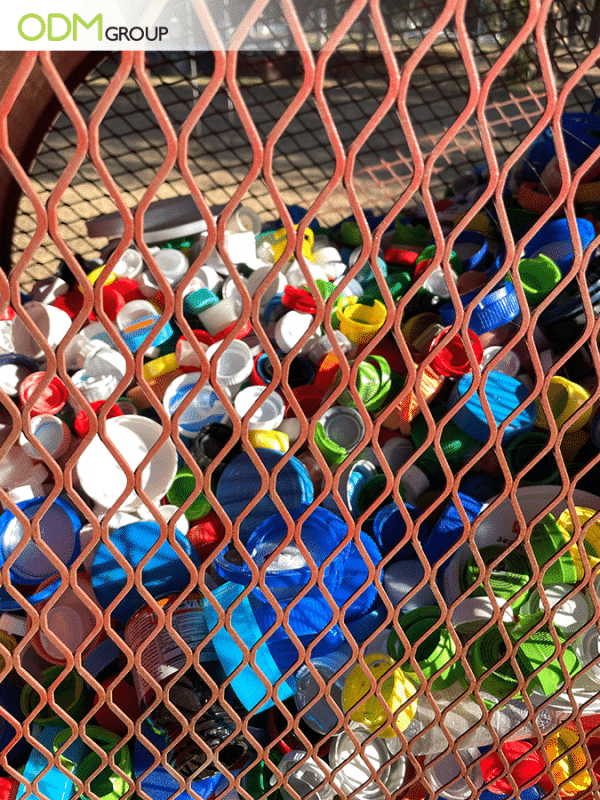
How to Prepare Bottle Caps for Upcycling?
Cleaning and Sanitizing
It’s important to give the bottle caps a good clean to remove any dirt, debris, or residue that might be on them.
This can be done by soaking them in warm soapy water, rinsing them thoroughly, and then using a disinfectant spray or wipe to sanitize them.
Make sure to rinse them thoroughly and let them dry completely before using them.
Sorting
Once the bottle caps are clean and dry, sort them according to their size, color, and material.
There are different ways to organize and separate bottle caps depending on the resources available on your pedestal.
This will make it easier to choose the caps you need for your project and ensure that they match the overall color scheme.
Removing Plastic Liners
Some bottle caps come with plastic liners or seals that need to be removed before you can use them.
To do this, you can use a pair of pliers or a sharp knife to carefully pry the liner or seal away from the cap.
This will help to make the caps more versatile for upcycling projects.
Preparing for Projects
Depending on your project, you may need to flatten or bend your bottle caps to achieve a certain shape or texture.
You can use a hammer or mallet to gently tap the caps to flatten them or pliers to bend them into a specific shape.
Make sure to use a steady and gentle grip to avoid cracking or damaging the caps.
What is the Difference Between Upcycling and Recycling?
Upcycling and recycling are both environmentally friendly practices that involve the reuse of materials to reduce waste and conserve natural resources. However, there are some key differences between the two concepts.
Recycling refers to the process of converting waste materials into new products. This process involves collecting and sorting materials, cleaning and processing them, and then transforming them into new products.
For example, plastic bottles can be recycled into new plastic products like toys, furniture, or even new bottles. Recycling requires significant energy and resources to transform the materials into new products, but it also helps reduce waste and conserve resources.
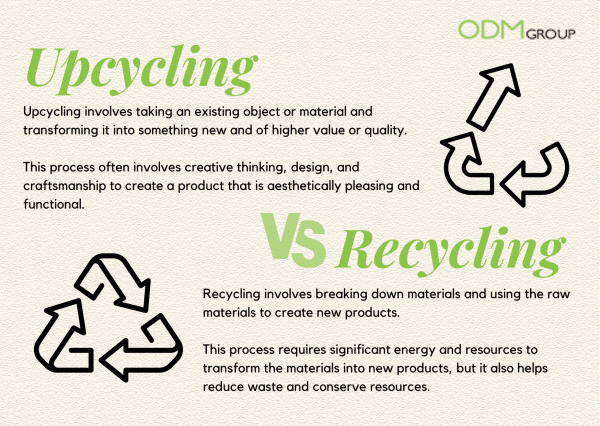
On the other hand, upcycling refers to the process of taking waste materials or unwanted items and transforming them into something of higher value or quality. Upcycling involves using creative and innovative techniques to repurpose materials that might otherwise be discarded.
For example, turning an old bicycle wheel into a decorative wall clock or using scrap fabric to make a patchwork quilt. Upcycling is a way to extend the life of materials and reduce waste while also creating something unique and valuable.
Recycled Plastic Marketing Ideas
RPET
Recycled polyethylene terephthalate, commonly abbreviated as rPET, is a type of plastic that is made from recycled PET plastic. PET, or polyethylene terephthalate, is a type of thermoplastic polymer that is commonly used in the production of plastic bottles, food packaging, and other consumer products.
rPET is created by collecting used PET plastic products, such as water bottles, and processing them into new plastic materials.
ROP
Recycled ocean plastic (ROP) refers to plastic waste that has been collected from the ocean or coastal areas and processed into new products through recycling. Plastic pollution is a major environmental issue, with millions of tons of plastic waste entering the oceans each year. This waste can have devastating effects on marine life, and it can also harm human health and the global economy.
Recycling ocean plastic is a way to reduce the amount of plastic waste in the oceans and give it a new life as a useful material.
PCR
Post-consumer recycled (PCR) refers to materials that have been used by consumers, such as plastic bottles or paper products, that have been collected and processed to be used again as raw material in the production of new products. The process of recycling post-consumer materials helps to reduce the amount of waste that ends up in landfills and conserves natural resources by using recycled materials instead of virgin materials.
PCR materials are commonly used in the manufacturing of a wide range of products, including packaging, textiles, and building materials.
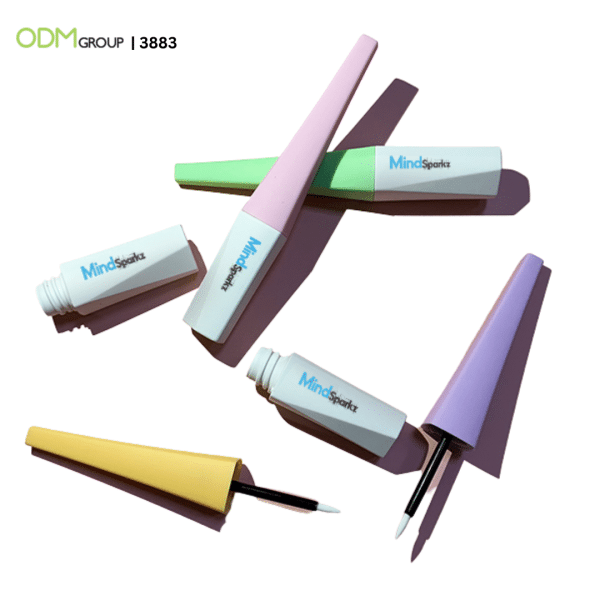
Should You Try Upcycling?
The answer is a big YES! Starting small is a great way to dip your toes into upcycling. By upcycling, you can turn your waste into something valuable, unique and creative. Not only will this help you reduce your environmental impact, but it can also provide you with a competitive advantage by differentiating your brand from others.
Remember, upcycling isn’t just about saving money or reducing waste – it’s about finding joy in the process of creating something new and unique from something that might have otherwise been discarded. So don’t be afraid to experiment! Start small, experiment and learn from your experiences.
Involve your employees, customers and stakeholders in the process and make sustainability a part of your brand’s DNA.
Let’s Be Eco-Responsible Together!
Sustainable marketing is an approach that focuses on creating marketing campaigns that are designed to minimise negative impacts on the environment and society. This can involve using eco-friendly materials, reducing waste, and promoting ethical and socially responsible practices.
Our team here at ODM can work with you to identify your specific marketing needs and create a plan that aligns with your business values and goals. We can offer a range of services, including branding promotional products, manufacturing point-of-sale display units, customising product packaging design, and more! With our expertise and guidance, you can develop a sustainable marketing campaign that is not only effective but also environmentally friendly.
You may also learn more about our sustainable initiatives here:
